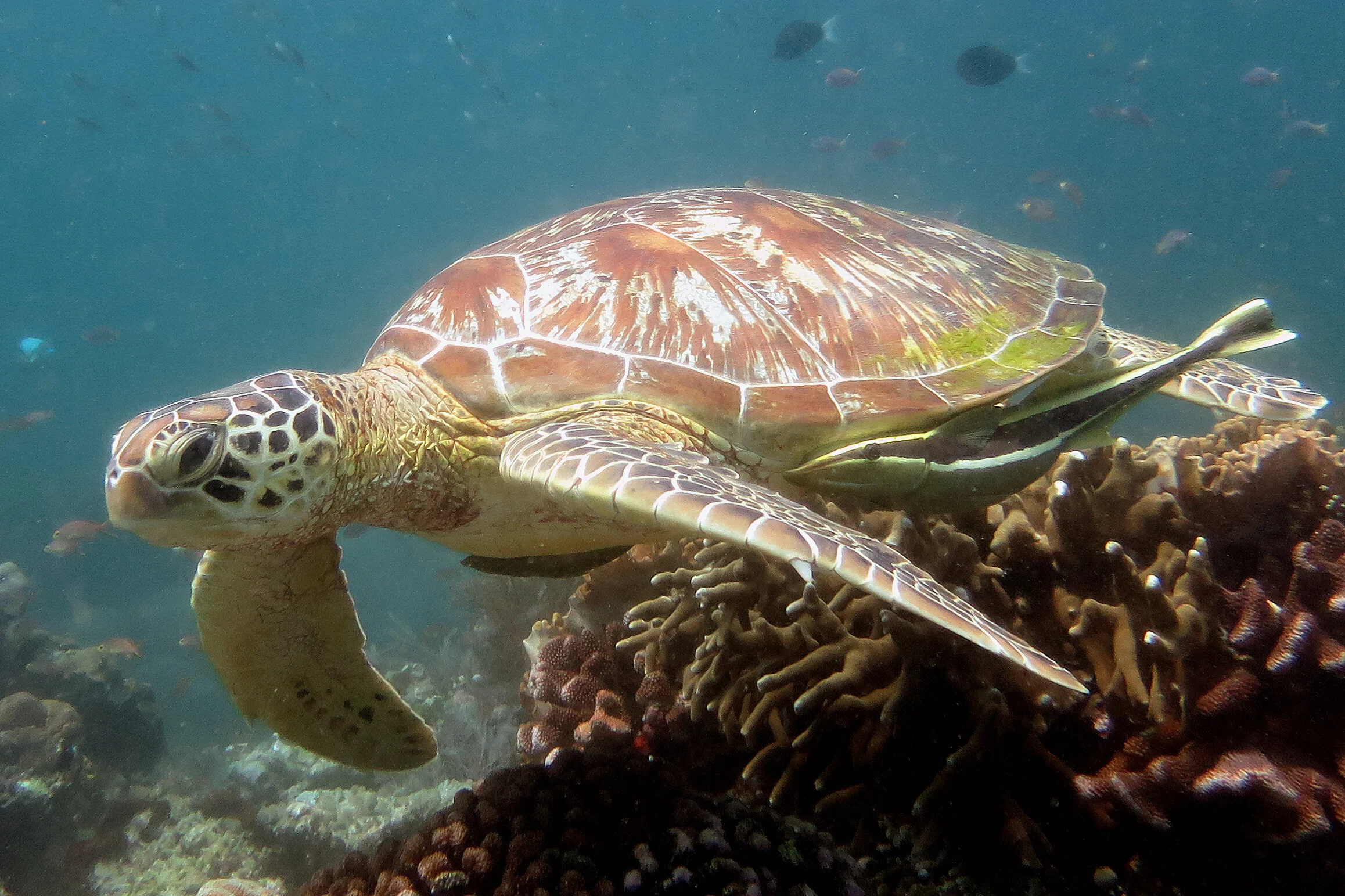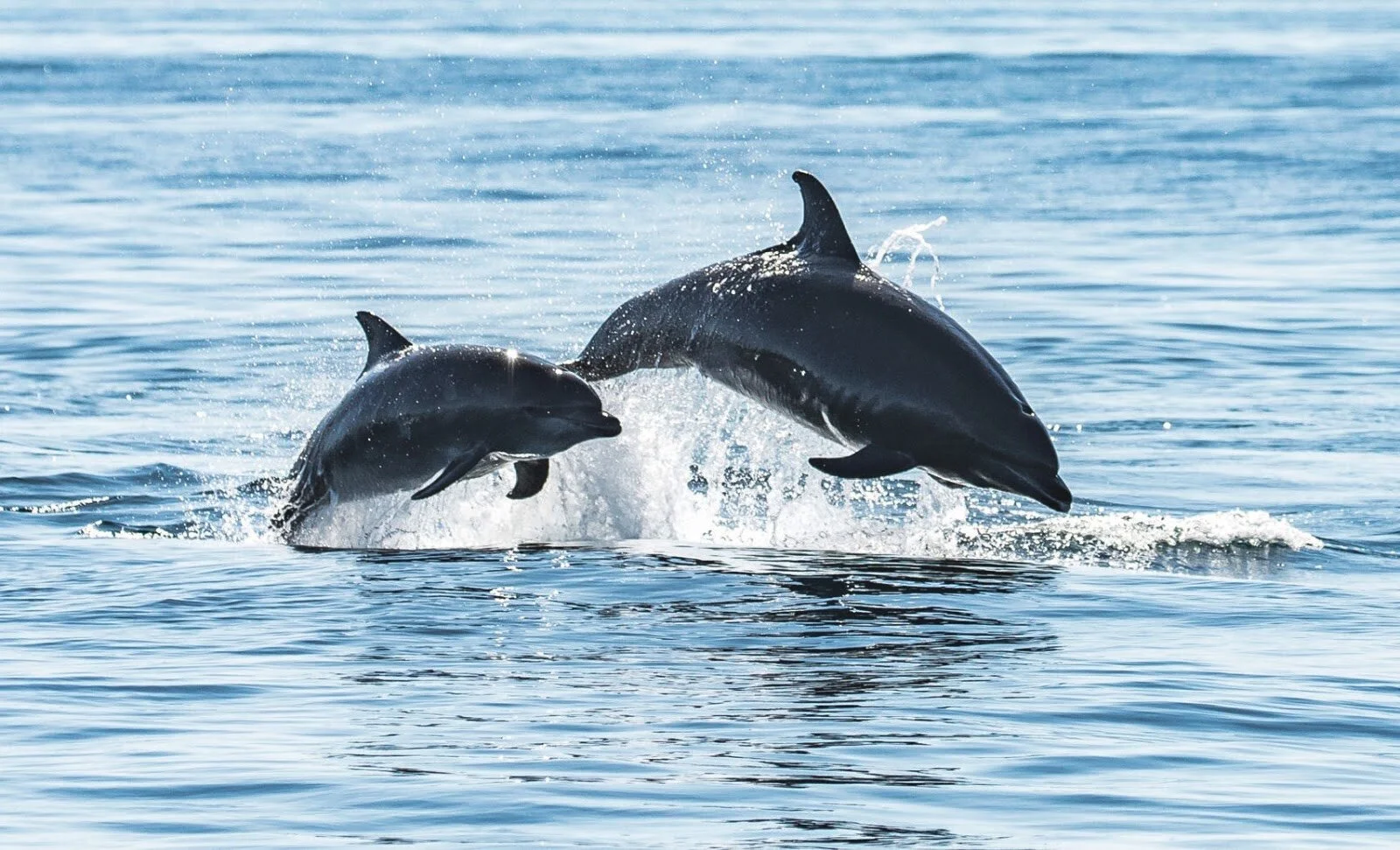Saving Ocean Wildlife with Laura Kasa
Molly Herring
More whales are washing up on California shores than ever before, and local communities can help figure out why. Join us in learning about Saving Ocean Wildlife, a new nonprofit organization that is engaging the public to help report and research injured and dead marine animals.
A humpback whale splashing on the ocean surface. Photo: Saving Ocean Wildlife.
Southern California on the West coast of the United States is an incredible biodiversity hotspot for whale species, including but not limited to gray whales, humpback whales, blue whales, and even orca. Unfortunately, this whale oasis is in jeopardy. In 2019, NOAA declared an unusual mortality event (UME) for whales as 70 gray whales (the highest number in 20 years) washed up on the coast for unknown reasons during the first six months of 2019. Current research is investigating possible human-related and natural causes of death. The Marine Diaries caught up with Laura Kasa, who is determined to stop this phenomenon. She co-founded Saving Ocean Wildlife (SOW), a new non-profit based in Southern California that is on a mission to engage local communities by raising awareness about the animals that live in our ocean, and to give people the tools to help save animals in danger.
After leading a local non-profit in Santa Cruz for almost a decade, Laura moved to Southern California and teamed up with Dan Pingaro, former CEO of the Ocean Institute, to create SOW.
Read on to learn about Laura’s inspiration to start SOW, her hopes for the future, and the tools available to engage local communities to help protect wildlife in California and around the world.
A Green Sea Turtle grazing on a reef. Photo: Saving Ocean Wildlife.
Laura, what was your ocean conservation superhero-genesis moment?
During my childhood, I took sailing lessons, and getting out on the water really got me to realise the precious resource that the ocean is for us. When one of my crewmates threw a Snicker bar wrapper over the side of the boat one day, I found myself yelling, “Hey, that’s not a trash can!” And I remember that as being the defining moment where I became an environmentalist.
A baby California sea lion. Photo: Bryce Nichol.
What inspired you to start Saving Ocean Wildlife?
I realised whale entanglement is a huge problem that the public may know about but is highly removed from. When I moved to Southern California and met with Dan Pingaro, former CEO of the Ocean Institute, we formed a common dream to start SOW to protect animals in danger. We found our passion, believed we had great complementary skills, and found our niche of connecting the public with the organisations protecting ocean animals.
What is Saving Ocean Wildlife’s role in the community?
Right now there is a small staff at NOAA in charge of the whale disentanglement and stranding network. What they need is more eyes on the ocean to increase public reporting of animals in distress. SOW can engage the larger community to provide the support needed to help tackle this big problem. As we build this community of support we can build momentum to take on additional marine issues in the future. We intend to be an organisation that builds a strong presence so that we can be here to serve the community in the long-term.
Two bottlenose dolphins playing off the coast of California. Photo: Saving Ocean Wildlife.
How do you foresee Saving Ocean Wildlife changing ocean conservation?
I hope that we will get the community engaged. There are too few resources for the community to easily learn about animals in their area and what they can do to help. By raising people’s awareness, we hope we will inspire the community to take action to protect these animals.
What resources has Saving Ocean Wildlife made for the public?
We have created the Ocean Wildlife Field Guide which is available for free on our website and provides photos and descriptions of the marine animals most likely to be seen off of the California coast. We also have information on how to report an animal on our website for anyone who sees a dead or injured animal.
With a 24/7 hotline and the “report an animal” button on our homepage, we make it easy for people to get connected to NOAA and other agencies responsible for responding to whales, dolphins, and some shark and fish species. We have also created a list of actions you can take in your daily life to help the health of these animals.
What advice would you give to people who want to build a career around ocean conservation?
Volunteering is a great way to not only get a sense of how an organisation functions but what it feels like to work in that particular sector. Volunteering in some capacity with an organisation whose vision aligns with your values and skills will give you a great opportunity to use your skills to help an important cause. Additionally, volunteering and internships often lead to full-time staff positions so it is a great way to get your foot in the door. Saving Ocean Wildlife is always looking for passionate volunteers so feel free to reach out to us at volunteer@savingoceanwildlife.org or on our website.
A humpback whale diving into the ocean. Photo: Bryce Nichol.
If you’ve enjoyed this interview with Laura Kasa, you can follow Saving Ocean Wildlife on Instagram, Facebook, and Twitter, or check out their website.
Want to be interviewed for us? Check out our ‘Get Involved’ section





